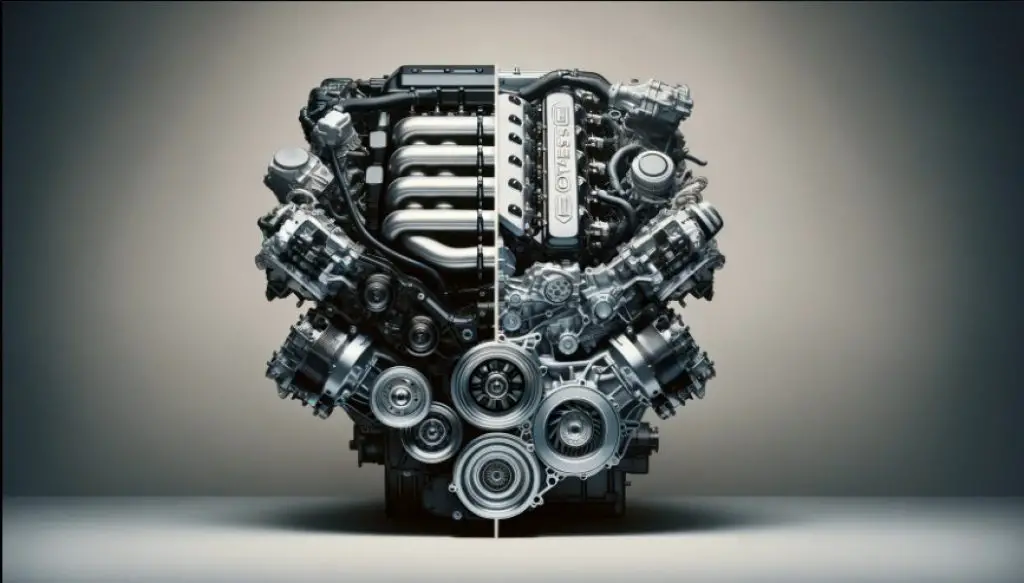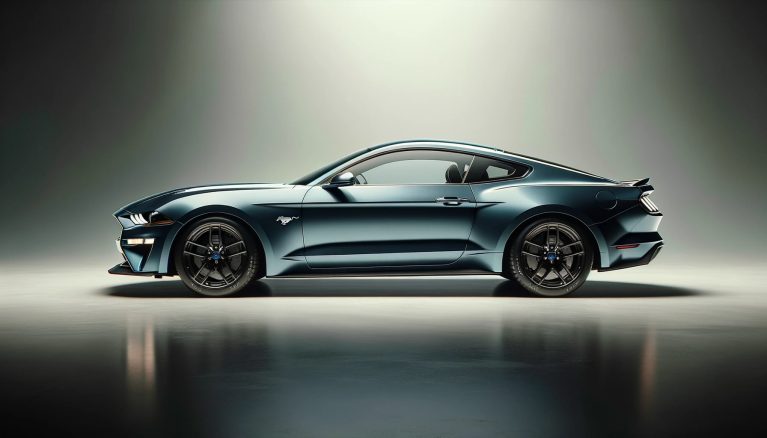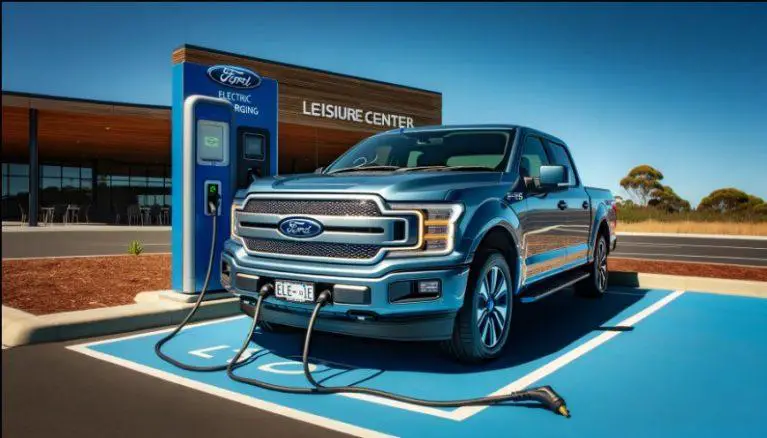Ford’s Shift Away from a Straight-Six EcoBoost Engine: A Strategic Decision Amidst Industry Trends
Last Updated on by Tarek
In a surprising turn of events, Ford has reportedly halted development on a new straight-six EcoBoost engine, a decision that has rippled through the automotive industry. Known for its iconic 300 cubic-inch I-6 engine, celebrated for its durability and potent performance, Ford’s latest move diverges from its historical roots and the current industry trend towards straight-six configurations.
The original straight-six engine, which earned acclaim in various Ford models for its exceptional towing capacity and reliability, has long been a favorite among truck enthusiasts. This engine’s storied history in Ford’s lineup makes the recent news, first reported by Brett Foote at Ford Authority, all the more unexpected.

It seems Ford had plans to develop a straight-six engine based on their 1.5L I-3 EcoBoost, commonly found in models like the Ford Escape and Bronco Sport. Such an engine would have marked a significant expansion of the EcoBoost family, known for balancing power and efficiency.
However, during the tumultuous times of the COVID-19 pandemic, Ford decided to shelve this project. This decision could be a reflection of the shifting priorities in the automotive world, where manufacturers are increasingly focused on electric and hybrid technologies. Ford’s choice to cancel the straight-six EcoBoost project might indicate a strategic pivot towards these emerging technologies, aligning with global trends towards more environmentally sustainable vehicles.
In contrast to Ford’s decision, other automakers are embracing the straight-six trend. Mazda, for instance, has unveiled a turbocharged 3.3L inline-six engine in its new CX-90, coupled with a 48-volt hybrid system. Similarly, Stellantis has introduced the Hurricane I-6 across various models. These developments suggest that while Ford is taking a different path, the interest in straight-six engines is not waning in the industry.
As we delve deeper into Ford’s strategic decision to cancel the straight-six EcoBoost engine project, it’s crucial to understand the broader context of the automotive industry’s evolution. The industry is rapidly shifting towards electric and hybrid technologies, driven by environmental concerns and regulatory pressures. Ford’s move away from developing a new internal combustion engine (ICE) model aligns with this global shift, despite the nostalgic appeal and proven track record of their classic straight-six engines.
Ford’s current EcoBoost lineup, including the 2.7L V6, 3.0L V6, and 3.5L V6 engines, all feature a V configuration. This approach has been a cornerstone of Ford’s strategy to offer power and efficiency. However, the cancellation of the straight-six project suggests that Ford may be moving beyond traditional ICE models to focus more on electric and hybrid powertrains. This shift is indicative of a larger trend in the automotive industry, where electrification is becoming a priority over developing new ICE models.
The decision also reflects a keen understanding of market dynamics. While the straight-six engine enjoys a cult following among enthusiasts for its simplicity and robustness, the modern automotive market demands innovation in fuel efficiency and emissions reduction. Ford’s pivot could be a strategic move to invest in technologies that will drive future growth and align with changing consumer preferences and regulatory landscapes.
Moreover, Ford’s move can be seen as an acknowledgment of the intense competition in the automotive industry. With rivals like Mazda and Stellantis advancing in the straight-six arena, Ford might be choosing to differentiate itself by focusing on alternative areas of innovation.

This could include further development in their electric vehicle (EV) lineup, which has been gaining significant attention with models like the Mustang Mach-E and the upcoming electric version of the F-150.
In conclusion, while Ford’s decision to cancel the straight-six EcoBoost engine project marks the end of an era for a certain type of engine technology, it potentially opens a new chapter in the company’s history. This move might be a strategic positioning for the future, where electric and hybrid technologies take precedence, reflecting the company’s adaptation to the ever-changing automotive landscape.








